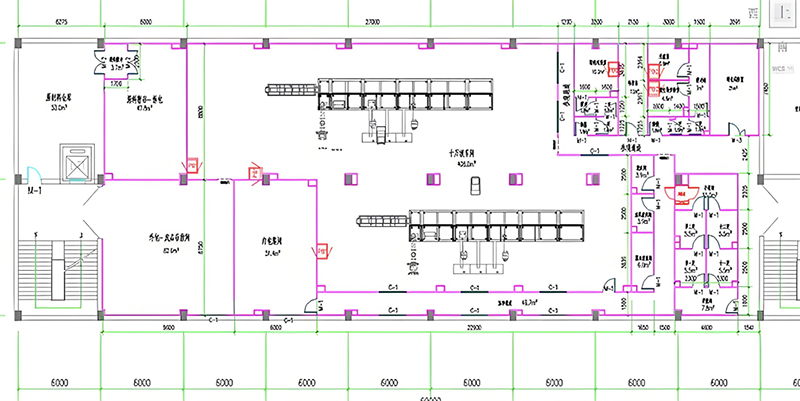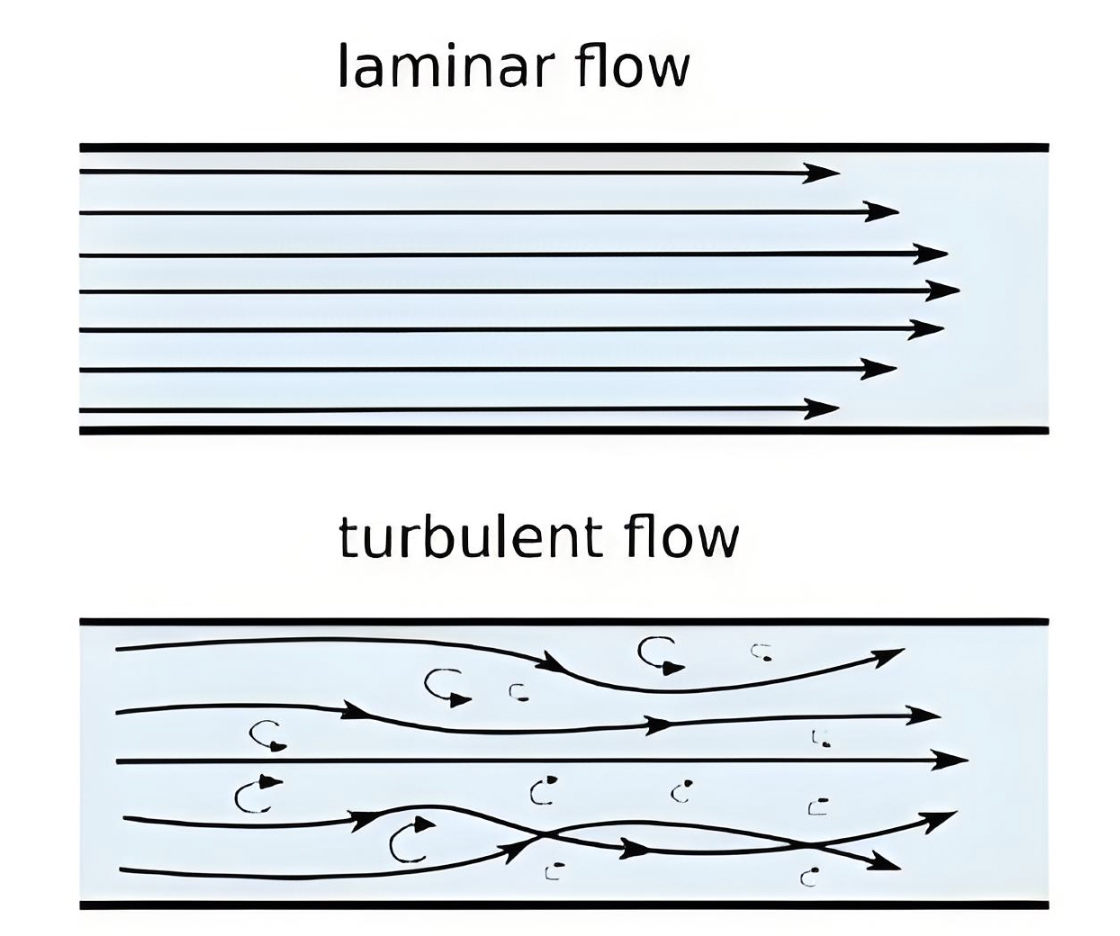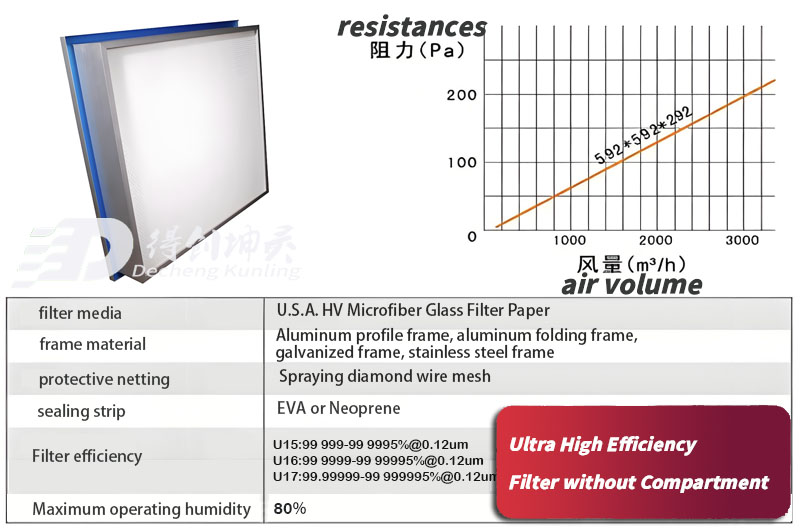Designing a class 1000 cleanroom
Key Considerations and Components
Designing a class 1000 cleanroom, also known as ISO 6, is a complex task that requires meticulous planning and execution to maintain strict cleanliness standards. These cleanrooms are vital across industries such as biotechnology, pharmaceuticals, and microelectronics, where controlling contamination is crucial. This guide outlines the design aspects, material considerations, and systems integration necessary for a compliant and efficient class 1000 cleanroom.
Functional Layout
The functional layout of a Class 1000 cleanroom dictates efficiency and flow within the space. Designing an effective layout involves strategically planning the placement of equipment, workstations, and pathways to minimize contamination risks.

Construction Material Selection
Selecting appropriate construction materials is vital to the cleanroom's integrity and cleanliness.
| Component | Material Requirements |
|---|---|
| Wall Panels | Constructed from non-porous materials like coated steel or aluminum, which are easy to clean and resistant to chemicals. |
| Ceilings | Should be made from durable materials capable of supporting HEPA filter units, often utilizing a suspended grid system for easy access and maintenance. |
| Flooring | Requires seamless and anti-static materials, such as epoxy or vinyl, to minimize particle generation and electrostatic discharge. |
| Cleanroom Equipment | Equipment should be made from non-shedding materials like stainless steel to maintain hygiene and durability. |
Laminar vs. Turbulent Flow
Class 1000 cleanrooms can utilize either laminar or turbulent airflow.
Laminar Flow
Provides consistent, unidirectional air movement, ideal for environments requiring stringent air cleanliness.
Turbulent Flow
Suitable for areas where air cleanliness needs are less rigorous but still require efficient particulate removal.

Modular Construction
Modular construction presents a flexible and scalable approACH to cleanroom design, allowing for easy reconfiguration and expansion as needs evolve.
- Flexibility and Maintenance: Modular systems streamline construction and maintenance processes, reducing downtime.
Airflow and Pressure Control
Maintaining precise airflow and pressure control is critical for preventing contamination ingress and ensuring particle removal.
HVAC Integration
An effective HVAC system is central to controlling the cleanroom environment, managing temperature, humidity, and air cleanliness.
HEPA Filtration
HEPA filters are the backbone of cleanroom filtration, capturing 99.97% of particles that are 0.3 microns or larger.

Conclusion
The design and construction of a Class 1000 cleanroom involve coordination across multiple elements, from material selection to system integration. By adhering to international standards and employing advanced technologies such as those championed by Deiiang™, under the expertise of Deiiang Jason.peng, organizations can achieve the necessary cleanliness and operational efficiency.
Common Questions and Answers
Q: Why is modular construction advantageous for cleanrooms?
A: It allows flexibility for reconfiguration and easier maintenance, accommodating future expansion.
Q: What is the role of HEPA filters in a Class 1000 cleanroom?
A: They remove 99.97% of airborne particles, critical for maintaining required air purity levels.
Q: How does Deiiang™ ensure cleanroom compliance with ISO standards?
A: By integrating innovative material solutions and efficient airflow designs into their cleanroom constructions.
Q: Can both laminar and turbulent flow be used in Class 1000 cleanrooms?
A: Yes, depending on specific cleanliness requirements and processes involved.
Q: How do HVAC systems contribute to cleanroom performance?
A: They regulate temperature and humidity, preventing conditions that could affect sensitive processes.
References
- International Organization for Standardization. iso 14644-1: Cleanrooms and Associated Controlled Environments.
- Deiiang™, Advanced Solutions for Cleanroom Design.
- American Society of Heating, Refrigerating and Air-Conditioning Engineers (ASHRAE), Standards for HVAC Design in Cleanrooms.
- U.S. Pharmacopeial Convention. USP Standards for Environmental Control in Manufacturing.
- The Institute of Environmental Sciences and Technology (IEST), Recommended Practices for Cleanroom Construction and Operation.
 +86 18186671616
+86 18186671616 Jason@cleanroomequips.com
Jason@cleanroomequips.com
 MENU
MENU



